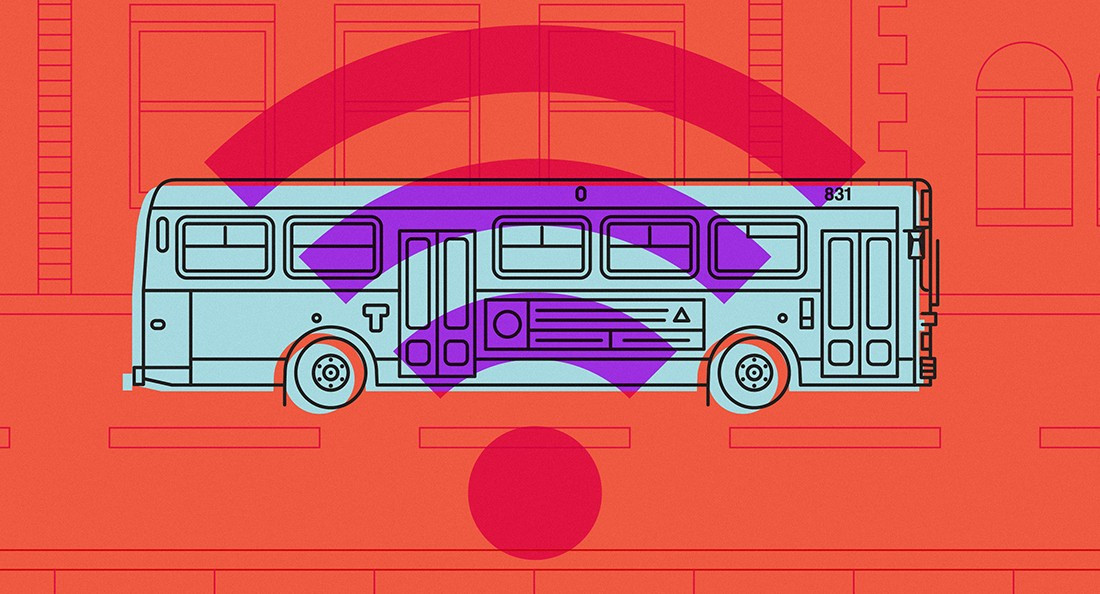Transit Troubles
Winnipeg Transit has its work cut out
Winnipeg Transit has experienced a near comedy of errors following complete disownment by the provincial government, which used to cover half of Winnipeg Transit’s costs.
Two Transit attacks took place on Oct.19, followed by another on Nov. 4, and yet Winnipeg Transit finds itself preoccupied with the City’s steadfast focus on reopening a pedestrian crossing at Portage and Main.
In the Winnipeg Sun, Tom Brodbeck claims there’s “clearly a spending problem at Winnipeg Transit,” because the cost per passenger and direct operating cost per vehicle have both risen. Brodbeck went as far as to call for an independent review of operations and spending at Winnipeg Transit.
However, Winnipeg can save itself the additional cost of an independent review, because the reasons for the cost increase are quite clear. For one, St. James-Brooklands-Weston Councillor Scott Gillingham also points to declining ridership numbers.
Sprawling, non-vertical cities become more reliant on personal motor vehicle transportation. New developments in the south end of the city like Bridgwater don’t indicate expansion plans that have public transit very high on the City’s immediate priority list.
The Progressive Conservative government, in its frenzy of service cuts, has ended the former NDP government’s commitment to cover half of Winnipeg Transit’s costs. The City, with its own $13.6 million projected year-end deficit, has been footing the additional 2017 bill.
Some in Winnipeg’s south end who do use the transit system were exposed to two separate midday attacks on Oct 19. A 24-year-old man punched and spit on a transit inspector after boarding the bus through the back door without paying. Later that day, a 43-year-old man choked a 45-year-old man unconscious in an apparently unprovoked attack.
Meanwhile, underfunded Winnipeg Transit is working toward Mayor Brian Bowman’s 2020 target to complete its first dedicated bus corridor in what would be an 11-year timeline.
Although Bowman ran on a mayoral campaign to complete five corridors by 2030, the major infrastructure concept receiving seemingly endless media coverage lately is that of reopening Portage and Main to pedestrians.
If this project gets the go-ahead, expect longer bus trips, especially those that pass through the intersection, according to the study by Dillon Consulting conducted for the City for $134,000. The study predicts an $11.6-million price tag for the City to remove existing barricades and improve the intersection for buses. The City will put another near-term $3.5 million into the idea.
The Amalgamated Transit Union (ATU) has opposed the intersection reopening on several fronts. The ATU claims that not only could opening the intersection put pedestrians at risk of being struck by buses, also that the additional transportation wait times could create frustrations that could put bus drivers at further risk. The union claims that assaults on drivers will spike.
Although it’s a very slippery slope from increased bus wait times to spikes in assault rates, the Oct. 19 double incident gives cause for concern.
But at least there will be free Wi-Fi en route.
Published in Volume 72, Number 9 of The Uniter (November 9, 2017)







